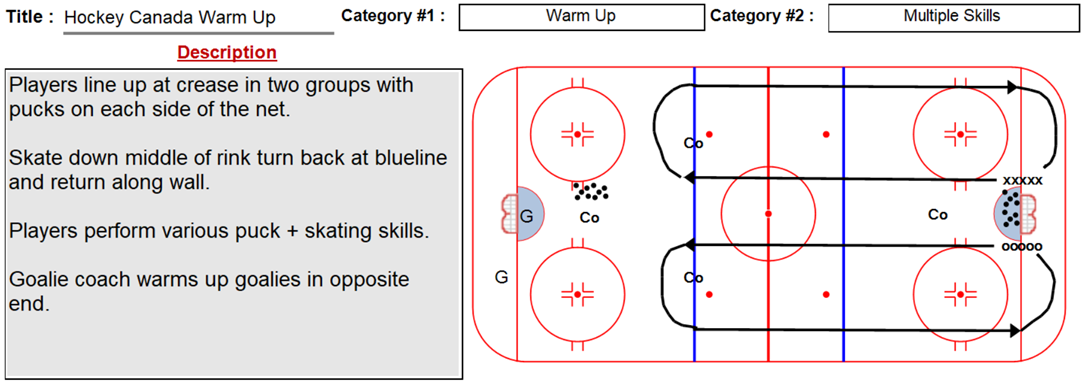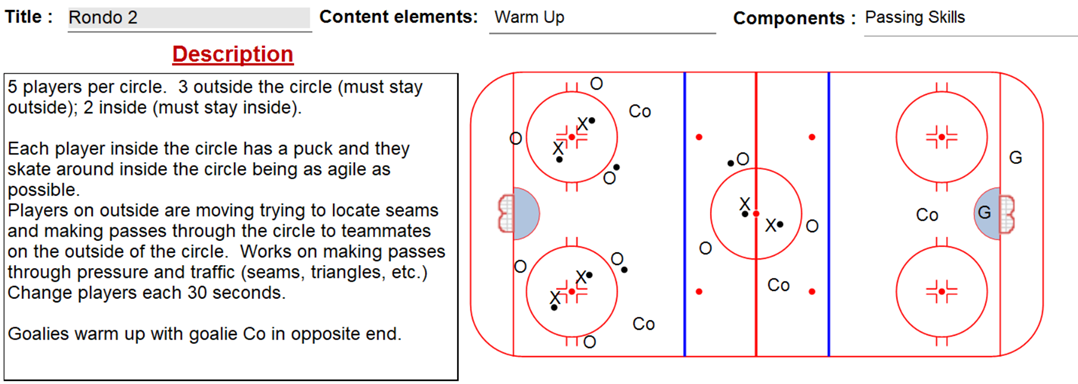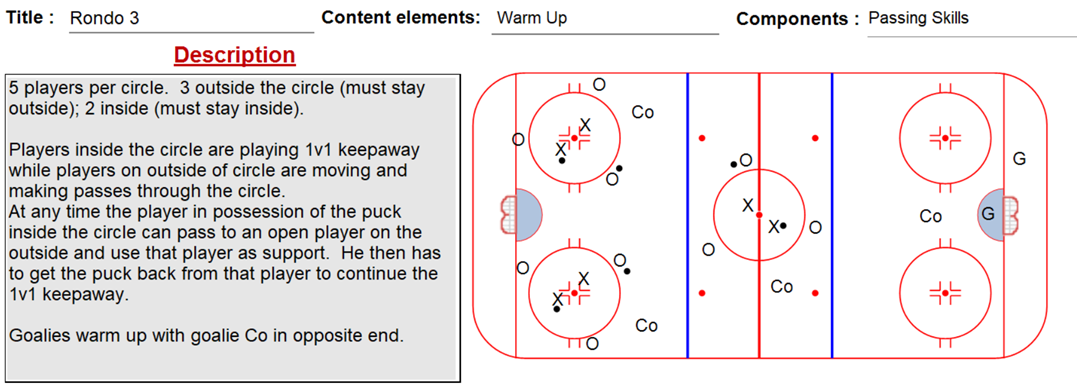
Practice time is valuable. Not just from a development and learning perspective, but also from a financial perspective. In many parts of the country ice costs for minor hockey teams are hovering around a $5.00 per minute cost breakdown, sometimes even more. And at those prices, every minute not devoted to players being active, developing and learning is valuable money wasted.
Of course there will be moments in practice where players are not being active. Breaks between activities for water, feedback and setup, and momentary stoppages for correction and adjustments. These are inherent in every practice plan and coaches would agree they are requried. But are there parts of practice where we can eliminate players not being active and working to purpose? Are there valuable minutes we can recover, and assign them to something purposeful?
If you are a coach that regularly starts practice by just having your players slowly getting on the ice and skating around firing pucks at empty nets with no purpose or intention then you have found your recoverable minutes. Take that time and turn it into value.
What do we gain with this approach to opening practice immediatly with purpose and intention?
- It recovers wasted time. 5 minutes recovered for 10 practices just earned you an entire 50 minutes of development time.
- It adds additional skill development time to every practice.
- It provides great transfer for how your team starts games.
What should the opening activity of practice look like to achieve these gains?
· It should start right away. Players should be pre-iced to ensure that as soon as they get on the ice they start right away without wasting time.
· It should have all players moving/engaged as much as possible. Avoid players standing and waiting their turn in lines. Movement generates energy, standing in lines eliminates it.
· It should activate the entire player...feet, hands, eyes, brains. Players moving, handling pucks, using vision, making decisions, thinking. Not all activities will check all these boxes but the more the better.
· It should consume the opening 5 minutes. Quick, energized, engaged. Players learn to step on the ice and "get going"...just like on game day.
· It should be skill based and connected to the theme of the practice if possible. Making your opening activity skill based helps bring more skill development time into your practice.
There are some key coaching tips for this part of practice:
1. Do not stop them. Let mistakes occur and go unchecked. This time is not a teaching time…its only a “get warm, get engaged, get energized and get prepped time." As such it is the one time in practice where you can toss away the whistle and let them go. Remember every time we stop them moving, we interfere with the energy and pace of practice.
2. Create a set of opening activities (6-8) and name them. Provide them to your players so they learn them and know them by name. At practice all you must do then is pre-ice them by telling them the name of the warmup you will be doing. You can cycle through the warmups so none of them become boring or stale.
3. Have your players do an off-ice warmup that focuses on the physical aspects to allow your opening activity focus more on skill aspects. With this approach you do not have to worry about them having to waste ice time by stretching.
4. Opening activities that are based on skating, puck control, passing can include goalies. If the opening activity is not suited to goaltenders then you have to plan for that time to be used by the goalie coach to prepare the goalies for practice.
Here are some sample activities that possess the elements referenced above and make for effective ways to start practice.
Note - goaltender can be included in all these activitues or work with the goalie coach seperatley to prepare for practice.

















